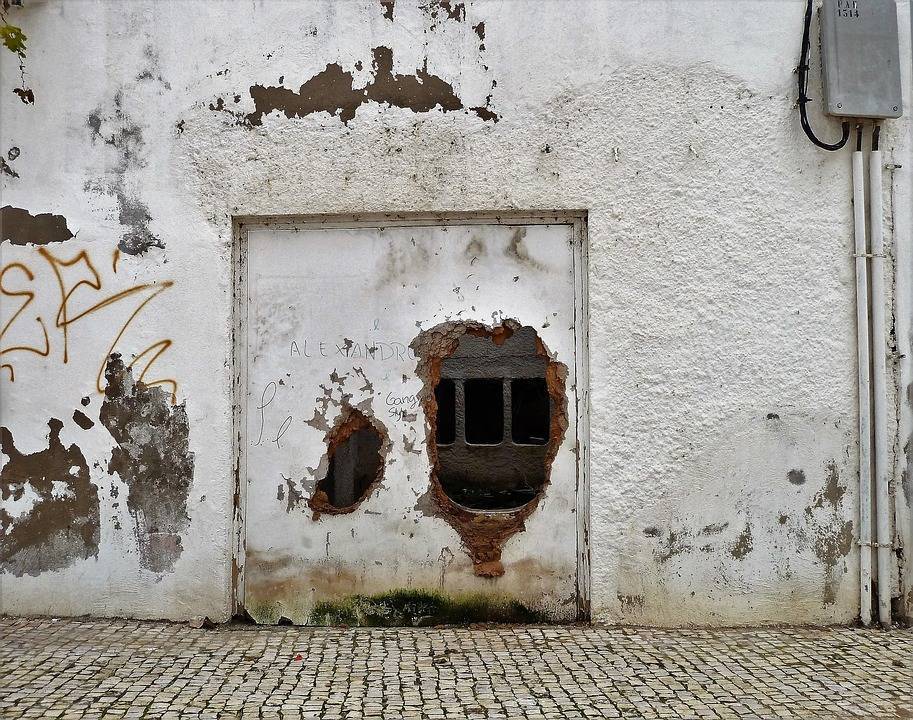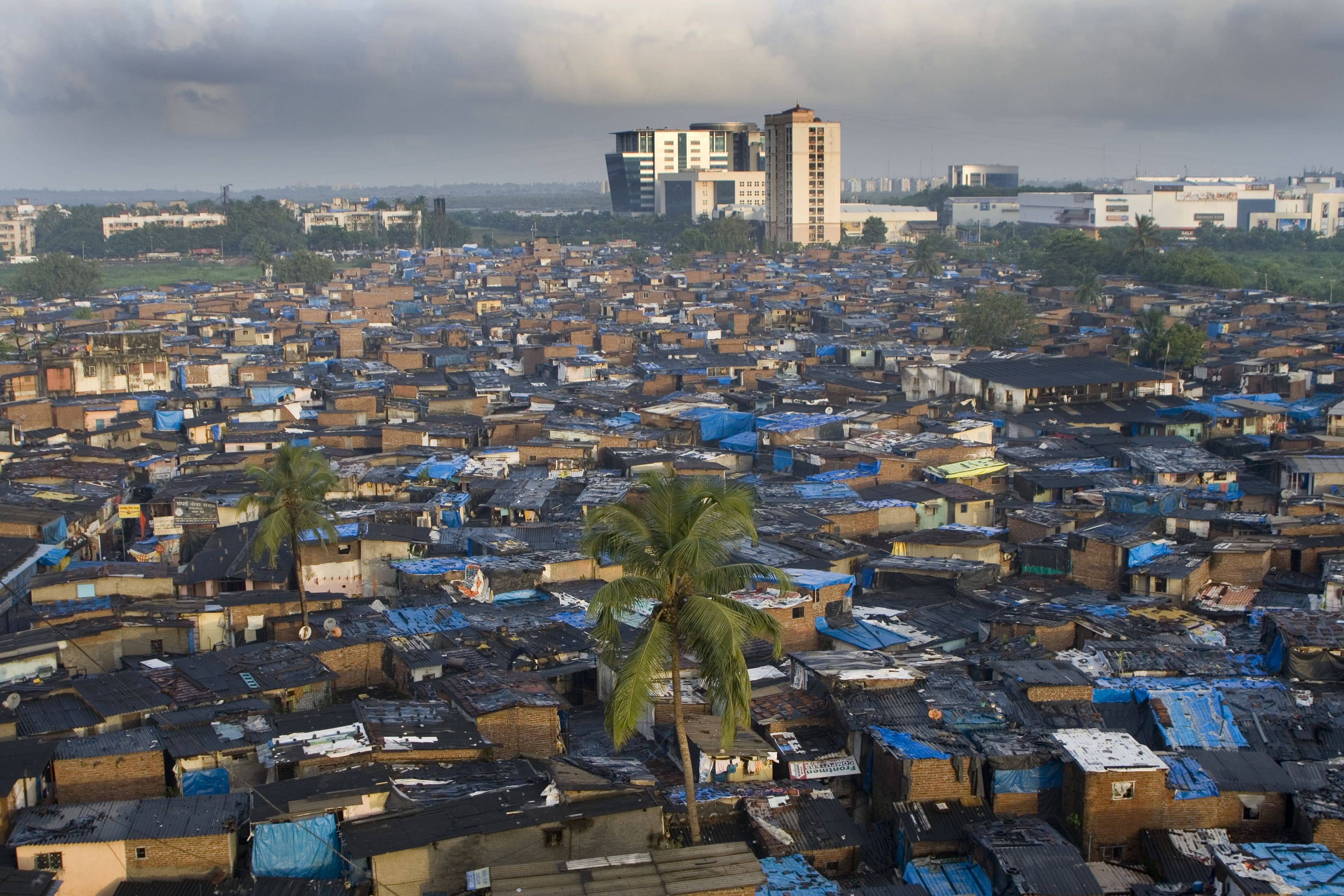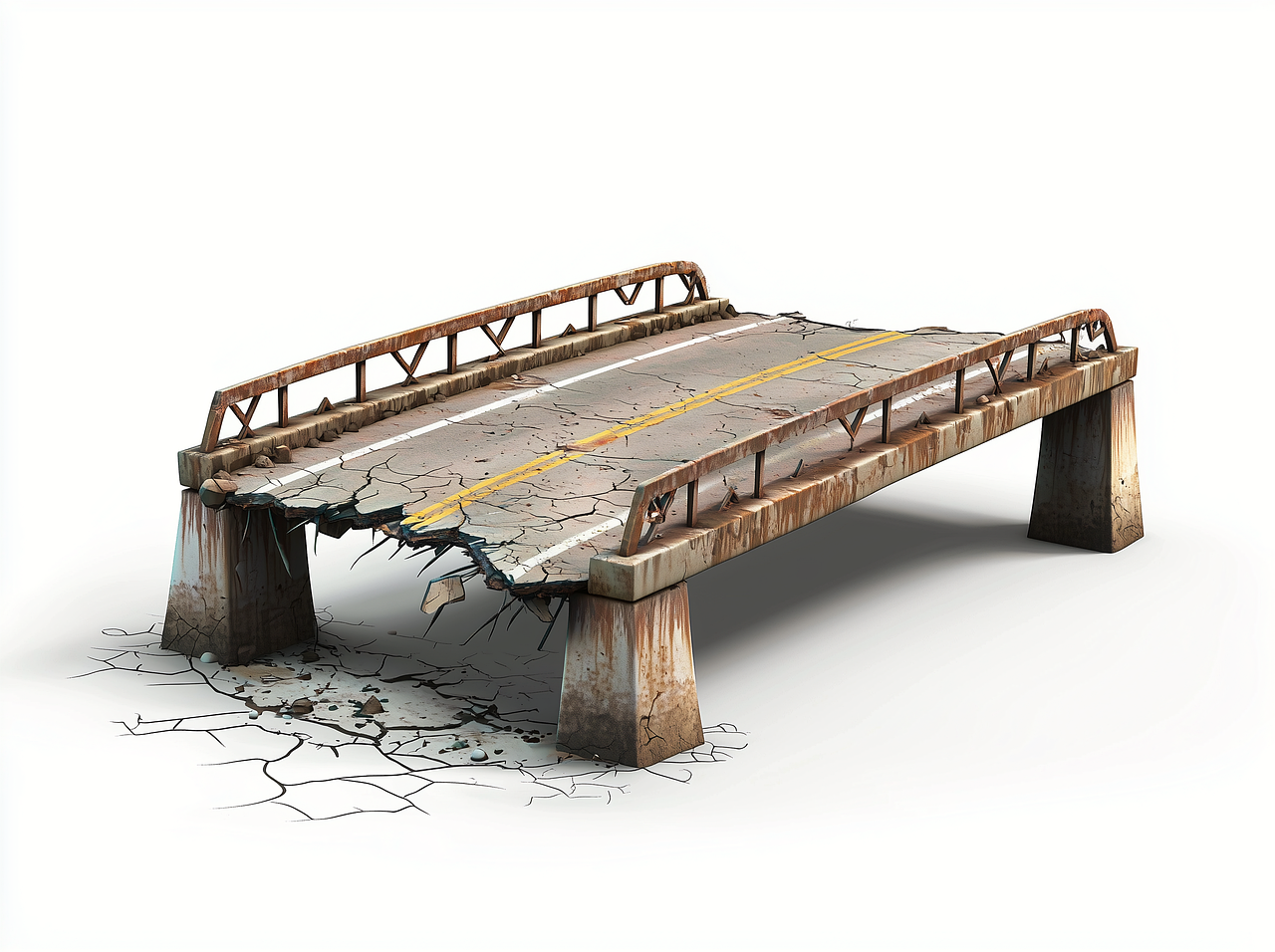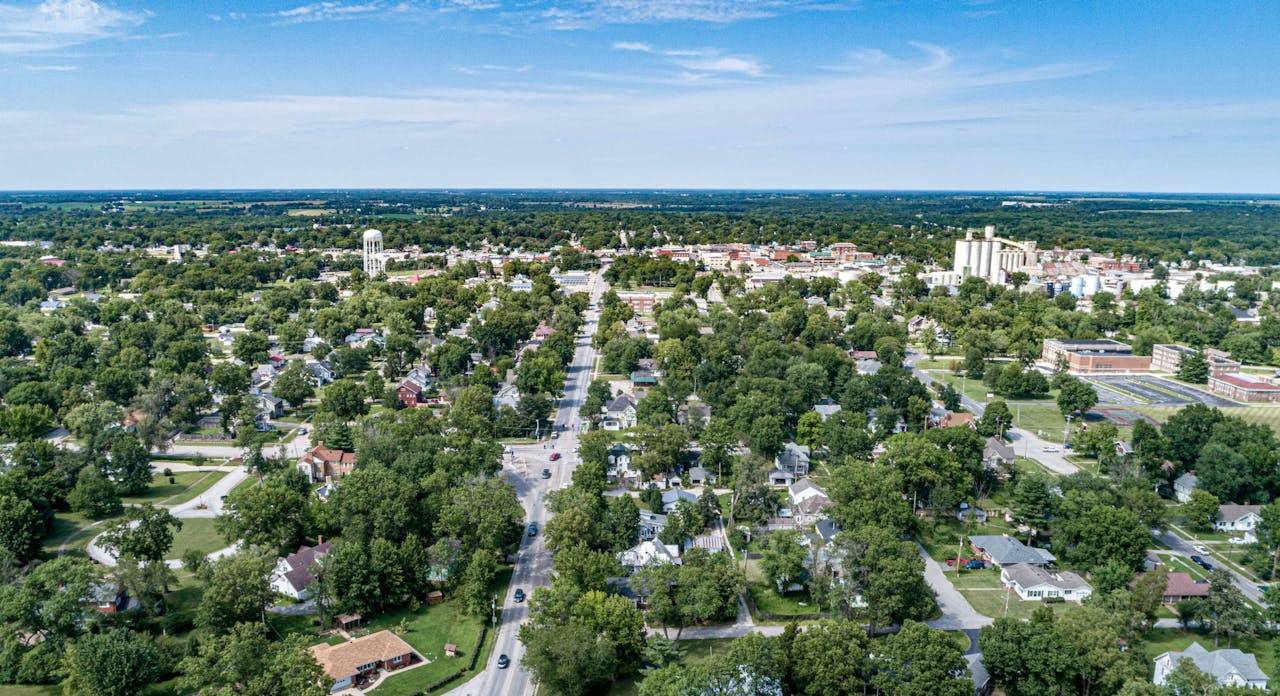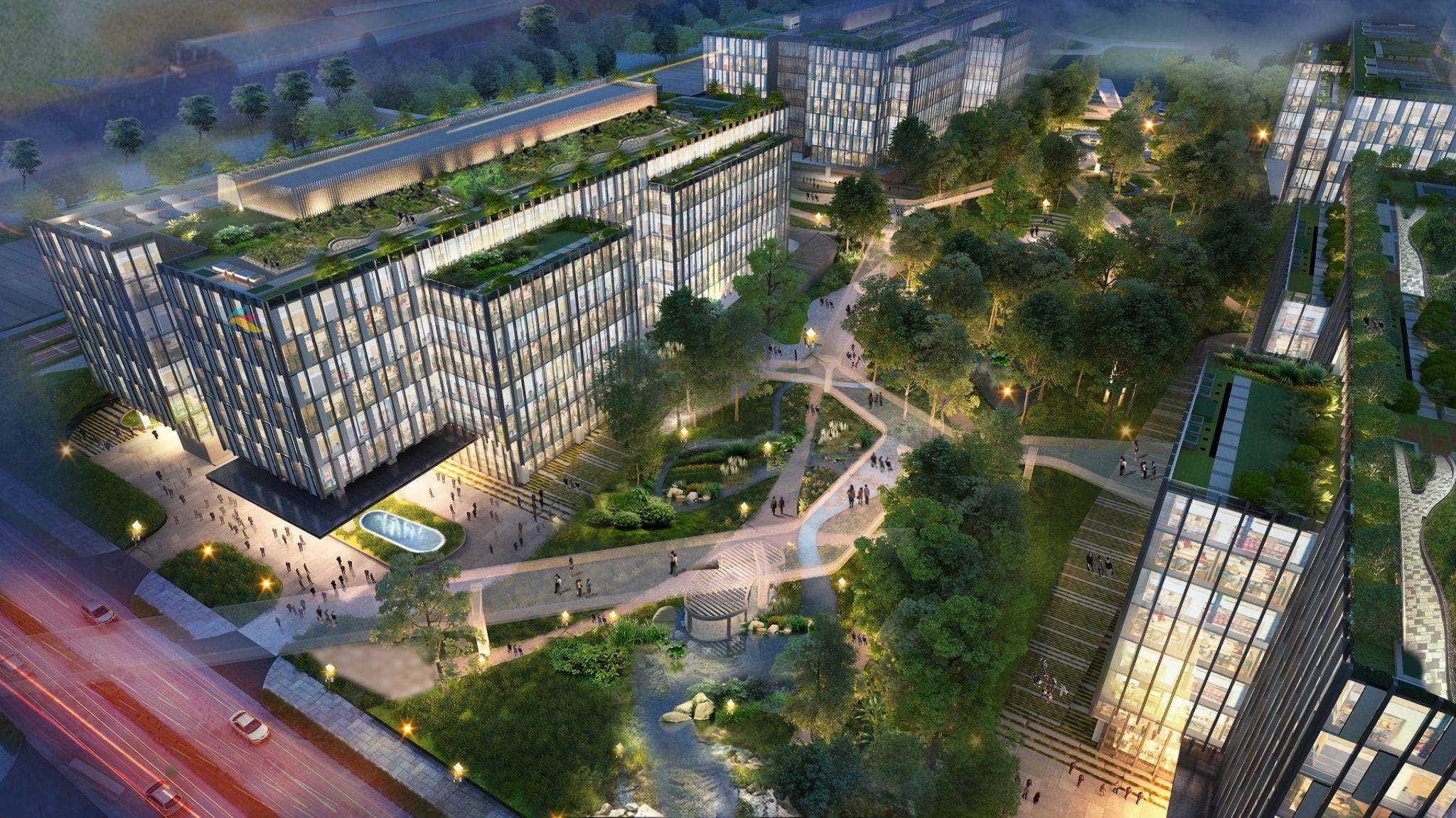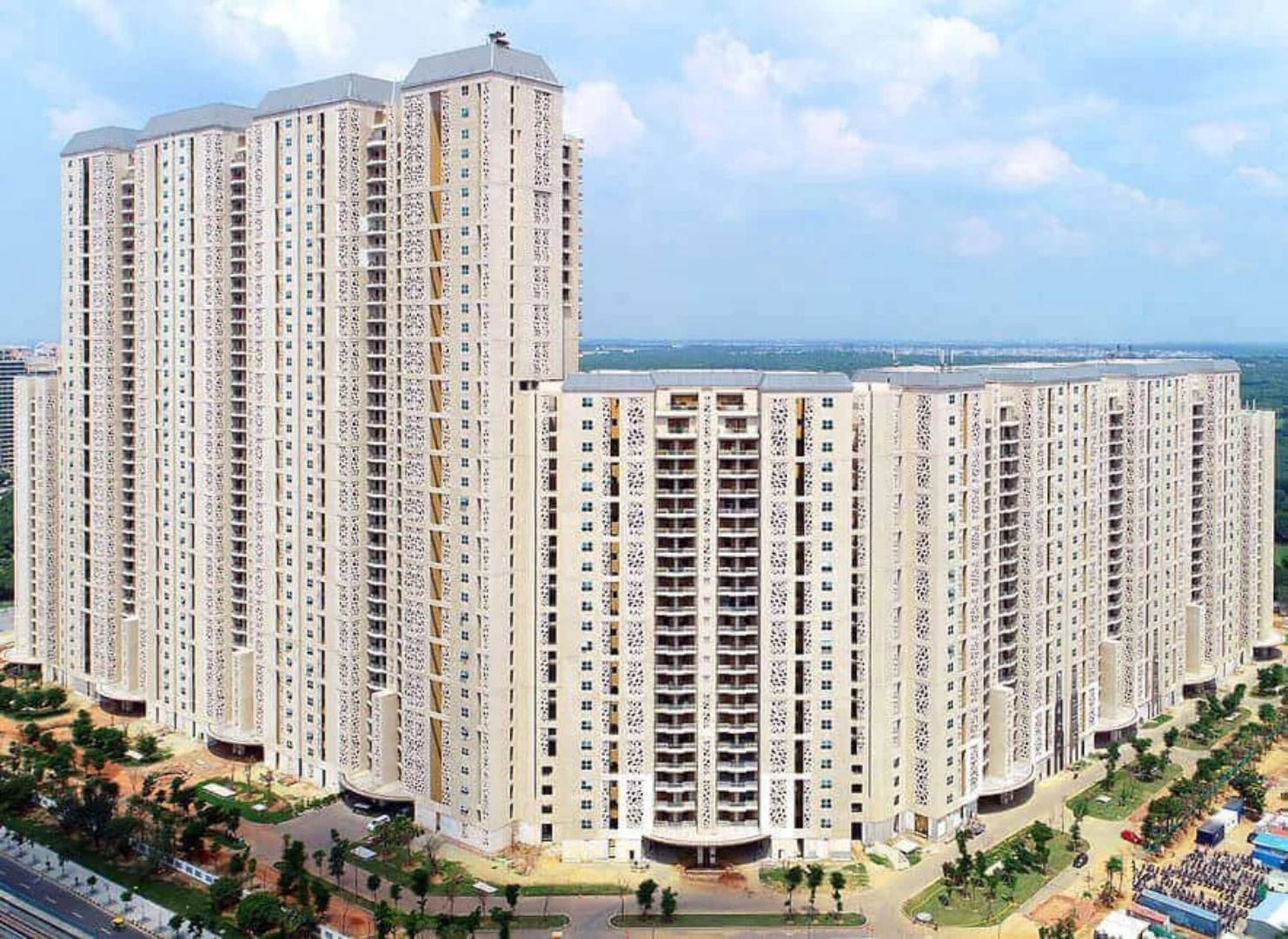The Navi Mumbai Municipal Corporation (NMMC) has identified 527 buildings within its jurisdiction as "dangerous" based on a recent survey conducted for the year 2024-25. This announcement underscores growing concerns regarding the structural integrity of aging buildings in the rapidly expanding satellite city of Mumbai.
The NMMC survey assessed buildings across Navi Mumbai and classified those posing safety risks under the provisions of the Maharashtra Municipal Corporation Act. These 527 buildings have been declared structurally unsafe, prompting the civic body to advise immediate evacuation of occupants from these premises to prevent any potential disasters.
The declaration comes amid heightened scrutiny of urban infrastructure, particularly in metropolitan outskirts where rapid development often outpaces maintenance and safety protocols. With Navi Mumbai continuing to attract residents and businesses alike due to its strategic location and planned infrastructure, the city faces an urgent challenge in managing the upkeep of its existing building stock.
A critical regulation reinforced by the NMMC mandates that all buildings that have been in use for more than 30 years must undergo a structural audit. This audit must be conducted by a civil or structural engineer registered with the NMMC, who will evaluate the building’s condition and recommend necessary repairs or reinforcements.
The age of a building is calculated from the date of initial occupancy—whether partial or full—making the inspection process comprehensive and applicable to a wide range of structures. This rule aims to prevent any structural failures that could result from neglect or delayed maintenance, which are common issues in aging buildings.
Once the audit is complete, the owners must submit a certificate confirming that all recommended repairs have been carried out and that the building is safe for continued use. The deadline for submitting these reports to the assistant civic commissioner or the assistant director of urban planning is September 30, 2025.
To enforce compliance, the NMMC has stipulated strict penalties. Building owners who fail to conduct the mandated structural audits or submit the requisite documentation may face fines amounting to Rs 25,000 or the full annual property tax—whichever is higher. This punitive measure serves as a deterrent against negligence, emphasizing the importance of adhering to safety norms.
The move reflects the corporation’s commitment to preventing incidents that could endanger lives and disrupt community stability. Structural collapses and related tragedies, although relatively rare, have historically caused significant loss of life and property, emphasizing the necessity of rigorous building inspections.
The NMMC has issued a public appeal urging residents, property owners, and institutional landlords to proactively engage in the audit process. It emphasizes that timely structural assessments and repairs not only safeguard the occupants but also preserve the real estate value and urban fabric of Navi Mumbai.
Given the scale of this initiative, the cooperation of the community is critical for its success. By addressing structural vulnerabilities early, the city can avoid catastrophic failures and improve overall living conditions.
Navi Mumbai’s situation is reflective of a broader trend across Indian cities, where aging infrastructure is under pressure from increasing population density and environmental stresses. As cities grow vertically and horizontally, the maintenance of older buildings becomes more challenging but no less important.
Government bodies nationwide are increasingly focused on mandating audits, upgrading building codes, and promoting resilient urban development practices. The NMMC’s efforts align with these broader safety objectives, positioning Navi Mumbai as a proactive city in terms of urban risk management.

